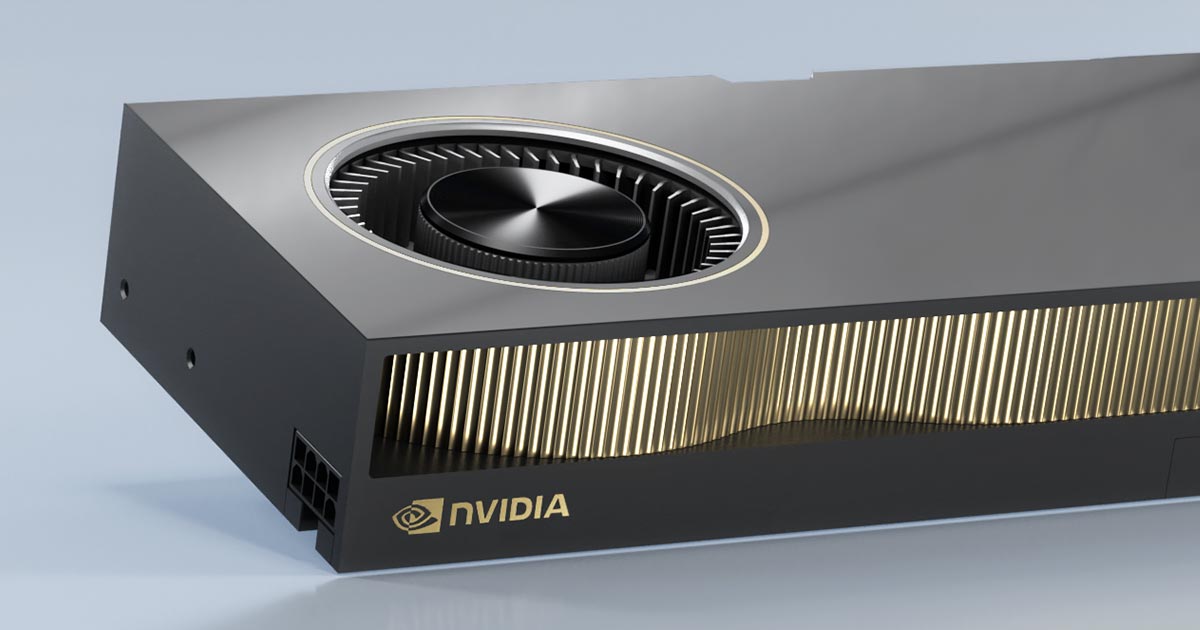
What is Cryptocurrency mining
Cryptocurrency mining or crypto mining uses computational power to generate new cryptocurrency units by solving complex mathematical problems or algorithms. The cyber currency transactions are verified, and the miners (like auditors) distributed globally are rewarded with a small percentage of cyber currency. e.g., Bitcoin, Etherium, BTC, Dogecoin, etc.
Cryptomining can be compared to metal mining, but cryptocurrency miners search for correct digital strings called hashes instead of digging. A the same time, transactions between wallets are also confirmed.
Cryptocurrencies such as Bitcoin are virtual currencies, meaning they exist online only and do not have paper notes or metal coins. There are approximately 1000 cryptocurrencies used for virtual transactions globally. Bitcoin, Etherium, and Dogecoin are the most common cryptocurrencies.
Blockchain technology acts as a digital register that records all transactions relating to cryptocurrency. If you buy or sell cyber currency or even use it to buy a certain product or service, it will be recorded in this digital signature.
The above step verifies the validity of the currency and ensures that one can use the same currency multiple times.
It is imperative to note that, unlike traditional currencies, cryptocurrencies are not regulated by a central bank in any country globally, meaning they have no government backing.
In short, cryptocurrencies are international currencies and can send money globally without any limits and identity checks. This has made them a popular choice for cybercriminals involved in criminal and malicious activity.
A the time of writing this article, there are hundreds of algorithms used for crypto mining, but the most mining process is certainly Bitcoin mining. Bitcoin is mainly mined by special dedicated machines called ASICs and works on an SHA-256 algorithm. Apart from these, there are hundreds of algorithms and mathematically solved with CPUs, GPUs, or FPGAs.
Hashrate is a measure of the computational power per second used when mining cryptocurrencies. In simple words, it is the speed of cyber mining, measured in units of hash/sec. Mining machines with higher hashrates are fast and can process large data in a single second.
A mining physical machine reaches its maximum speed (hash rate) on an algorithm. If the computing machine has a certain hashrate on one algorithm, it will have an entirely different hashrate on a different algorithm. The machine will also have different power consumption to solve each algorithm and require different mining clients to run it.
comparison of Mining hardware
ASIC
An application-specific integrated circuit (ASIC) is a type of circuit or chip that has been designed for the sole purpose of mining a specific mining algorithm. For example, a Bitcoin ASIC miner can only mine the bitcoin. One way to think about bitcoin ASICs is as specialized Bitcoin mining computers, or “bitcoin generators,” optimized to solve the mining algorithm.
- Popular coins are BTC, LTC, DASH, ZEC, and others.
- Popular algorithms are SHA-256, Blake (2b), CryptoNight, Lyra2REv2, and Equihash.
- Popular manufacturers are Bitmain, Ebang, Canaan, MicroBT, and others.
GPU
GPU (Graphics Processing Unit) is used to perform different graphics-related tasks, including gaming, rendering, and data analysis. GPU is also one of the most popular choices for mining. Most of the cryptocurrency algorithms start with support for GPU before they are supported on ASIC or FPGA. Miners usually don’t mine with a single GPU but put multiple GPUs into a mining rig machine.
- Popular algorithms are Ethash, different variants of Equihash, cuckARood29, CryptoNight, Zhash, X16Rv2, X16S, and others.
- Popular coins are BEAM, ZCL, YEC, RVN, PGN, VTC, ETH, ETC, GRIN, etc.
- Popular manufacturers are AMD and Nvidia.
CPU
CPU (Central Processing Unit), commonly used for computational tasks, is also used for mining cryptocurrency. It is noteworthy that Bitcoins were mined with CPU a few years ago, but today, it would not be profitable to mine Bitcoins without ASICs.
- Popular coins are EPIC, XMR.
- Popular algorithms are RandomX.
- Popular manufacturers are Intel, AMD.
How to start cryptocurrency mining
- To start mining BTC, you will need to have an ASIC machine by Bitmain, Ebang, Canaan, MicroBT, etc. If you want to start mining Bitcoin, you must have an ASIC or a GPU rig. And if you want to start mining XMR, you will need to have a proper CPU, and so on.
- If you are starting your mining business, you must find a proper pool. For BTC mining, you will need a BTC pool. For ETH mining, you will need the ETH pool, and so on. You cannot mine BTC on the ETH pool or vice versa.
- You will need a BTC wallet for BTC mining, and for ETH mining, you will need the ETH wallet. You cannot mine BTC to your ETH wallet or vice versa.
- To mine a certain coin, you will need the correct mining software or client. Usually, multiple mining clients are available for mining a certain coin, but each of them reaches a different speed and power consumption.
Before investing in any new mining hardware or software, set up your home mining rig with your desktop computer with Nvidia or AMD gaming GPU. After you know the steps involved, it is advisable to buy an ASIC machine for Etherium.
Etherium machines are not very costly, around $1000, and can be a good starting point. On the other hand, Bitcoin machines are very costly, and MSRP may range from $10,000 to $15,000.
You should be cautious if you want to invest in mining a coin with enormous reward, as it may lead to your profit loss. The coin may be impossible to sell after you get your reward from the mining pool.

